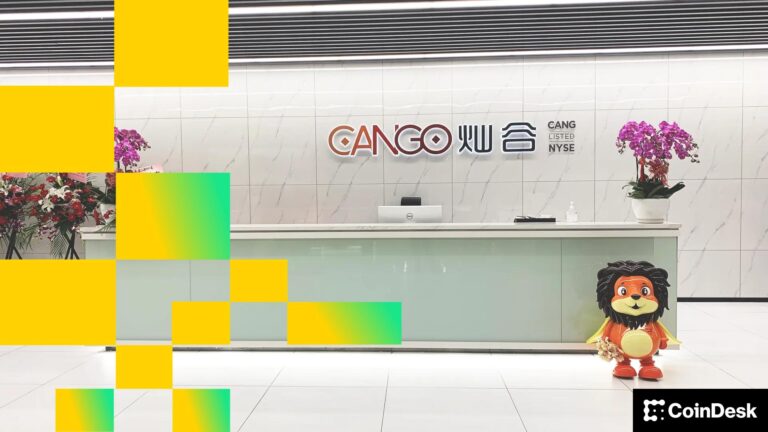Understanding Technical Analysis in Crypto Trading
Technical analysis is a method used to evaluate and predict the future price movements of cryptocurrencies based on historical data and market trends. Unlike fundamental analysis, which looks at the underlying value of a cryptocurrency and its potential for growth, technical analysis focuses on price charts, trading volumes, and various indicators. By mastering technical analysis, traders can make more informed decisions and increase their chances of success in the highly volatile crypto market.
The Importance of Price Charts
Price charts are the backbone of technical analysis. They provide a visual representation of how a cryptocurrency’s price has changed over time. The most common types of charts are line charts, bar charts, and candlestick charts. Each chart type offers different insights. Candlestick charts, for instance, are particularly popular among crypto traders because they illustrate price movements, opening and closing prices, and market sentiment over specific timeframes. Understanding how to read these charts is essential for identifying trends and potential reversal points in the market.
Key Technical Indicators
Technical indicators are mathematical calculations based on historical price and volume data. They help traders analyze market trends and make predictions. Some of the most widely used indicators in crypto trading include:
1. Moving Averages: Moving averages smooth out price data to identify trends over a specific period. The Simple Moving Average (SMA) and Exponential Moving Average (EMA) are commonly used to determine support and resistance levels.
2. Relative Strength Index (RSI): The RSI measures the speed and change of price movements, indicating overbought or oversold conditions. An RSI above 70 suggests overbought conditions, while an RSI below 30 indicates oversold conditions.
3. Moving Average Convergence Divergence (MACD): The MACD is a trend-following momentum indicator that shows the relationship between two moving averages. It can help traders identify potential buy and sell signals.
4. Bollinger Bands: These bands consist of a middle band (SMA) and two outer bands that indicate volatility. When the price approaches the upper band, it may be overbought, while approaching the lower band may signal an oversold condition.
Identifying Trends and Patterns
Recognizing trends and patterns in price charts is crucial for successful trading. Trends can be classified as upward (bullish), downward (bearish), or sideways (consolidation). Traders often utilize trendlines to visualize these trends, connecting significant highs or lows on the chart.
Additionally, chart patterns such as head and shoulders, double tops and bottoms, and triangles can provide insights into potential price movements. Understanding these patterns can help traders make predictions about future price behavior and determine their entry and exit points.
Risk Management in Technical Analysis
While technical analysis can enhance trading decisions, it is not foolproof. Risk management is a critical component of successful trading. Setting stop-loss orders can limit potential losses, while take-profit orders can help secure profits at predetermined levels. Traders should also determine their risk-to-reward ratio before entering a trade, ensuring that the potential reward justifies the risk involved.
Diversifying a trading portfolio and avoiding over-leveraging are additional strategies that can help mitigate risks associated with crypto trading. By adopting a disciplined approach to risk management, traders can navigate the volatile nature of the cryptocurrency market more effectively.
The Role of Market Sentiment
Market sentiment plays a significant role in the cryptocurrency market, often driven by news, social media, and public perception. Technical analysis can be complemented by an understanding of market sentiment to make more informed trading decisions. Tools such as sentiment analysis and social media monitoring can provide insights into how traders feel about specific cryptocurrencies.
Being aware of market sentiment can help traders anticipate price movements and adjust their strategies accordingly. For instance, positive news about a cryptocurrency can lead to a surge in buying activity, while negative news may prompt selling. Incorporating sentiment analysis with technical indicators can enhance the overall effectiveness of a trading strategy.
Continuous Learning and Adaptation
The cryptocurrency market is dynamic, with new trends, technologies, and regulations emerging constantly. To master technical analysis, traders must commit to continuous learning and adaptation. Staying updated on market trends, attending webinars, and participating in trading communities can provide valuable insights and foster growth.
Additionally, traders should regularly review their trading strategies and performance. Analyzing past trades can help identify strengths and weaknesses, allowing for the refinement of techniques and improving overall trading success.
Conclusion
Mastering technical analysis is essential for anyone looking to succeed in crypto trading. By understanding price charts, key indicators, trends, and market sentiment, traders can make more informed decisions and navigate the complexities of the cryptocurrency market with greater confidence. Coupled with effective risk management and a commitment to continuous learning, technical analysis can be a powerful tool in achieving trading success.
